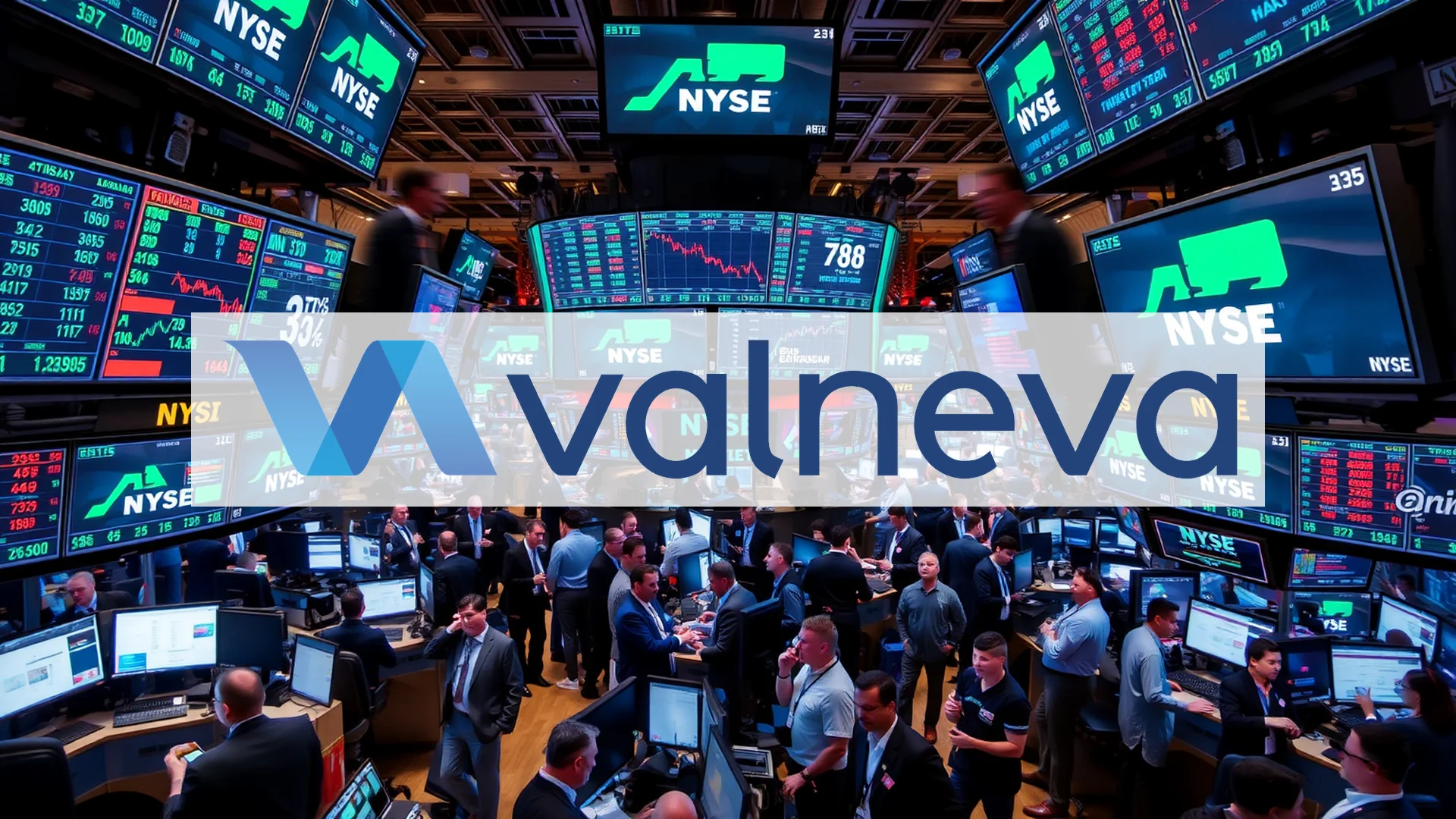The athletic apparel giant Nike is facing significant headwinds, with its once-dependable growth engine, the Jordan brand, now at the center of a deepening crisis. For the first time since 2018, the iconic label has reported a substantial decline in revenue, casting doubt on the broader strategic direction of the entire company. Market observers are now questioning whether this is a temporary setback or the emergence of a more profound, structural issue.
Financial Performance: A Mixed Picture
Recent quarterly results paint a dramatic picture of the challenges. Overall revenue fell by 11.9% year-over-year. The company’s operating profit for fiscal 2025 plummeted by 45%, accompanied by a significant contraction in operating margins. The apparel segment also underperformed, registering a 10% decline.
Amidst the negative data, two positive signals emerged. Nike’s earnings per share managed to surpass analyst expectations. Furthermore, the company’s board announced a quarterly dividend of $0.40 per share.
Institutional Investors Show Diverging Views
Should investors sell immediately? Or is it worth buying Nike?
This uncertainty is clearly reflected in the opposing actions of major institutional investors. Signaling a pronounced aversion to risk, Groupama Asset Management slashed its Nike position by a substantial 66.5% during the first quarter. In a stark contrast, Channing Capital Management increased its stake by 12.8%. This clear divergence highlights the current market split regarding Nike’s long-term viability.
The “Win Now” Strategy Faces Its Biggest Test
In response, CEO Elliott Hill is doubling down on the Jordan brand, making it the central pillar of his “Win Now” recovery plan. The ambitious strategy aims to balance preserving the brand’s cult heritage with a new wave of innovation to re-establish its performance-oriented credentials. However, current market realities tell a different story: demand for classic lifestyle models is softening, leading to swollen inventory levels and increased discounting activity. The brand’s legendary appeal appears to be weakening due to market saturation.
The core hope for investors now rests on the successful launch of new product innovations. However, any meaningful impact from these initiatives is not anticipated until 2026 at the earliest, with a return to growth potentially materializing in fiscal 2027. Whether Nike’s most iconic asset can once again defy gravity remains the critical question for the market.
Ad
Nike Stock: Buy or Sell?! New Nike Analysis from November 25 delivers the answer:
The latest Nike figures speak for themselves: Urgent action needed for Nike investors. Is it worth buying or should you sell? Find out what to do now in the current free analysis from November 25.
Nike: Buy or sell? Read more here...













